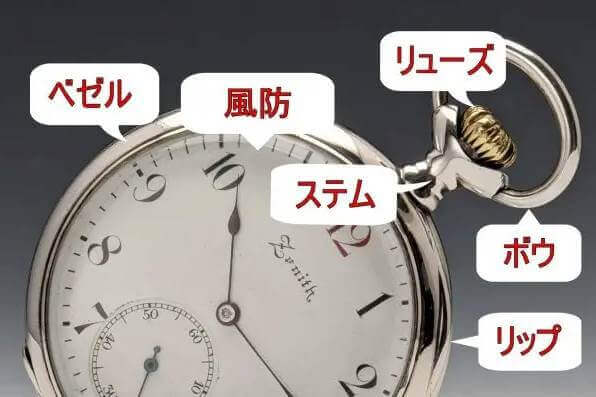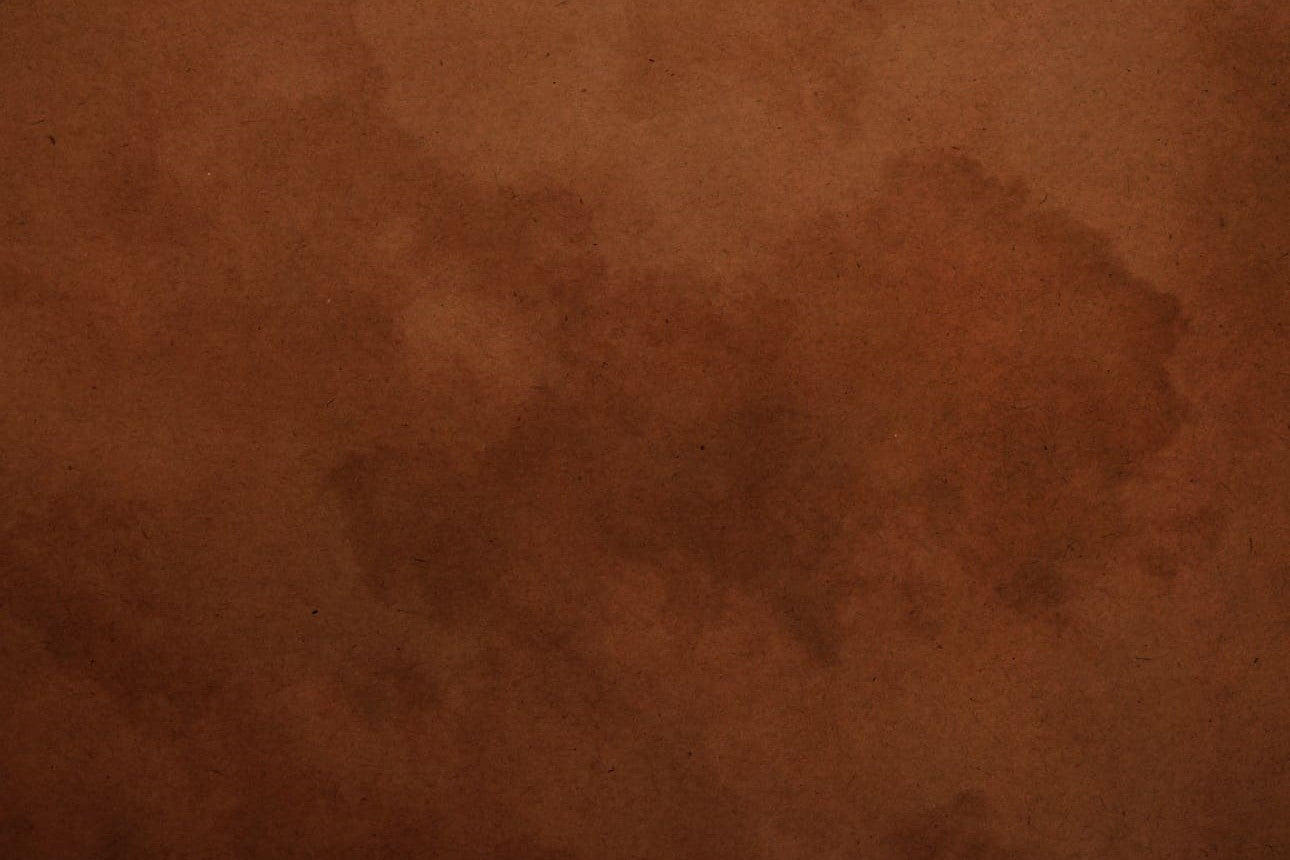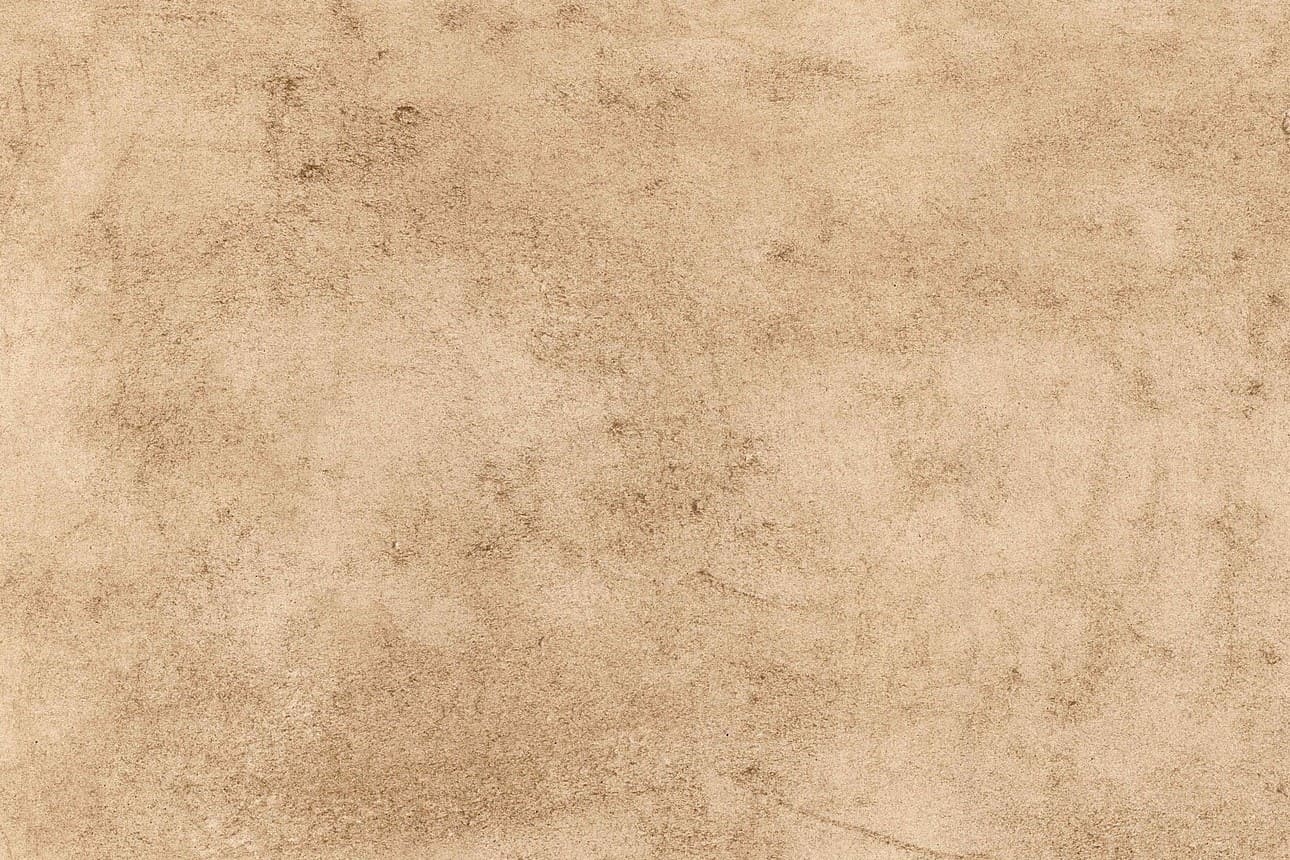Types of pocket watches and names of parts
Posted by WATANABETAIGA

Types of pocket watches (shape of case)
open face

This pocket watch has no lid and the dial is covered only by the windshield.
This is the most common type and is easy to use because you can check the time right away.
hunter case 
This is a pocket watch with a lid covering both the front and back of the watch.
It is also called a hunting case or full hunter because the lid was attached to prevent the windshield from breaking when hunting.
The front lid is opened by pressing the crown.
Since the exterior area is large, many cases have decorations such as sculptures.
half hunter case

This is a pocket watch with a small window in the center of the hunter case cover.
It is also called the Demi Hunter case or Napoleon case.
There is also an index around the small window so that you can check the time from the small window without opening the lid.
The name Napoleon Case is said to have come from an anecdote that Napoleon Bonaparte used it because he was so busy that he had no time to open his watch.
Part name (external)
They are called by different names depending on the country, but the most common ones are listed here.



| case related | |
| Crown | This is the part used for winding the mainspring and setting the time. Key-wound watches do not. In English, it is also called a crown. It can also be used as a button to open the lid of the hunter case. It is a part that is often moved by turning and pulling, and is subject to frequent wear and failure. |
| bow | This is the loop part for hanging Albert chains or strings. This is also a part that experiences a lot of wear and tear. |
| stem | This is the part that serves as the base for attaching the crown and bow. |
| pendant | This is the name of the crown, bow, and stem. The method of setting the time by pulling out the crown is also called a stem set or pendant set. |
| windshield | This is a part to protect the dial. There are glass (mineral glass) and plastic (acrylic glass) types. Glass is more transparent, but it is more susceptible to breaking and chipping. Plastic items are difficult to break and are easily scratched, but small scratches can be polished with an abrasive. The windshield of the hunter case is thin and easily breaks because it is inserted between the lid and the case. In the case of a half-hunter case, the small window on the lid also has a windshield. |
| bezel | A ring-shaped part for fitting the windshield. |
| lip | This is the part where you hook your nail or opener when opening the bezel or back cover. Sometimes there is no lip and only a small gap. |
| Lid (front lid) | This is the cover on the dial side of the hunter case and half hunter case. The purpose is to prevent the windshield from breaking. It opens when you press the crown. |
| back cover | This is the lid on the opposite side of the dial. It may be opened to view the movement (mechanism). Some have no hinges, while others have a screw-in type called a screw back. If the machine is opened from the front, such as by swing-out, some models do not have a back cover. |
| hinge | This is the part that connects the case, lid, and back cover and acts as a hinge when opening and closing. In the case of Hunter cases and Half Hunter cases, a spring is installed to make it easier to open the lid by pressing the button. |
|
dust cover (inner lid) |
This is a lid between the back cover and the movement to protect the movement (mechanism) from dust and water. Some don't. This is often where the Expo award winning logo or the owner's name is engraved. There are also some that have skeleton specifications to make the machine easier to see. |
| button (Dowel) |
It comes with a clock that uses a time setting method called a nail set (dowel push). You can set the time by pressing the small button with your fingernail and turning the crown. This is often seen on watches made around 1900. |
|
lever (sword) *Photo below |
This watch comes with a time setting method called a lever set. Pull out the lever and turn the crown to set the time. There are also models that allow you to slide it out without pulling it out. It is often used in railway clocks, etc. |

| Dial related | |
|
dial (Dial) |
This is the part that is engraved with the numbers and brand name that form the face of the watch. These include porcelain (ceramic), enamel, and metal. |
| index | These are the numbers 1 to 12 and scales engraved on the dial. In addition to Arabic numerals and Roman numerals, there are various designs such as dots and bars. |
| Long hand /short hand | The long hand points to the minutes, and the short hand points to the hours. There are needles of various designs. |
| Sumoseko | This is an abbreviation for small seconds, and it is the part where the second hand rotates to indicate the seconds. Most antique pocket watches are of this type, with the exception of some watches such as chronographs. Some small and old watches do not have a second hand. |
TAGS:
SHARE:











